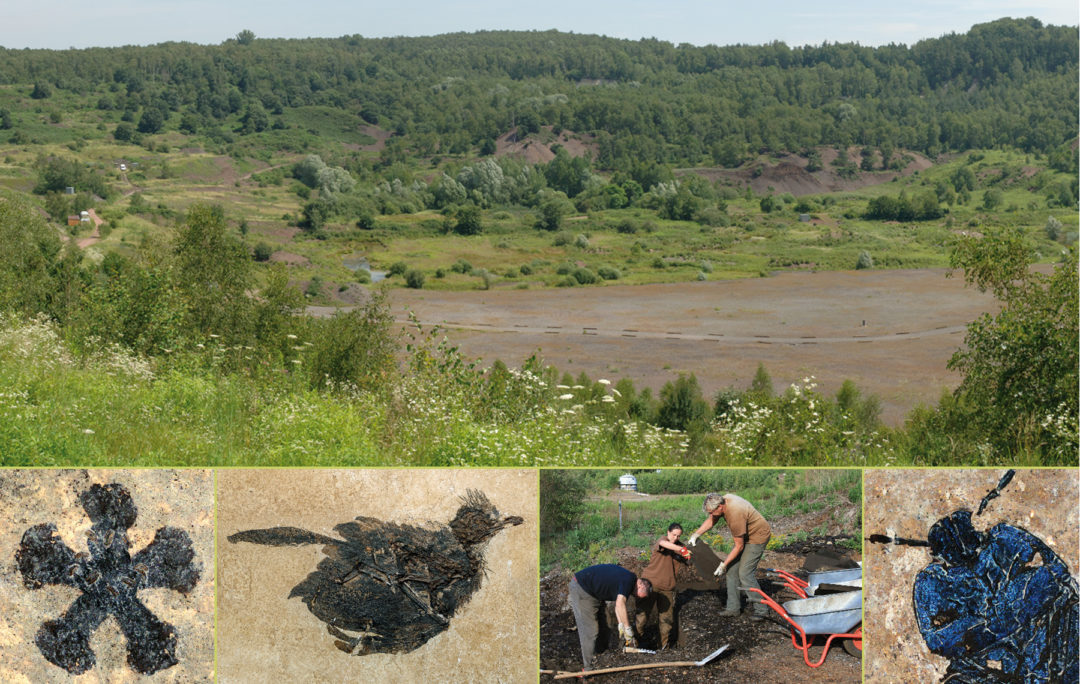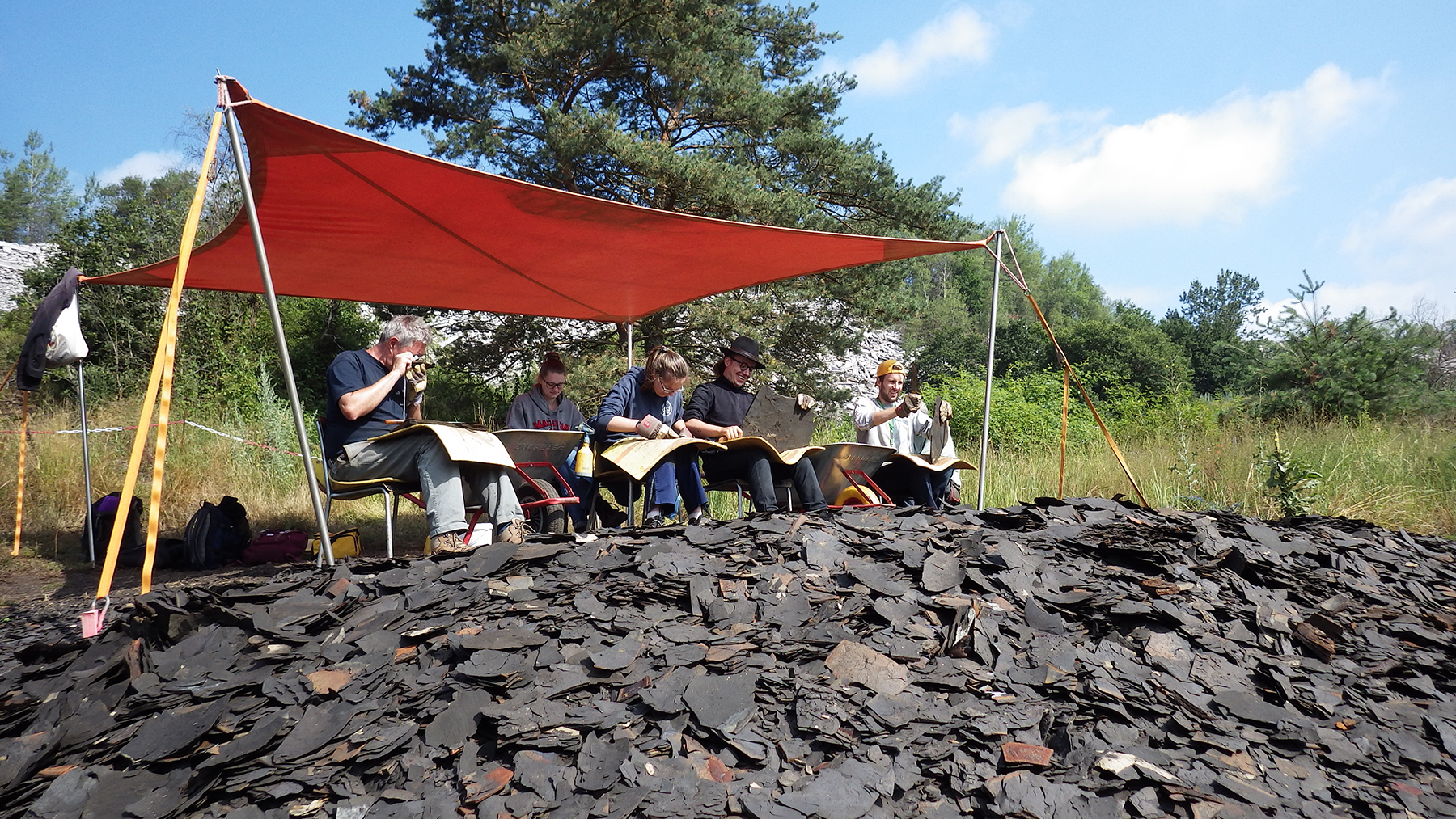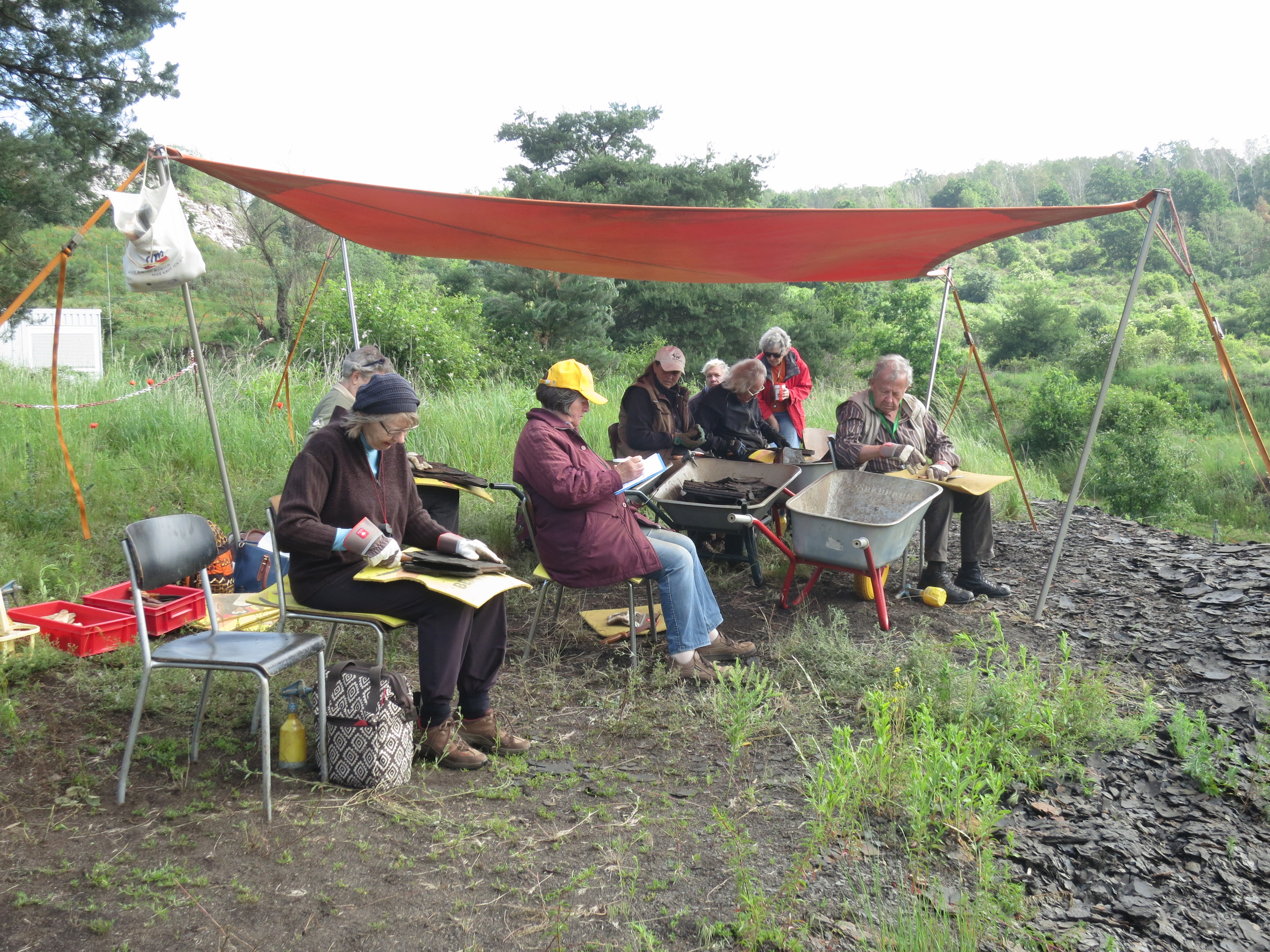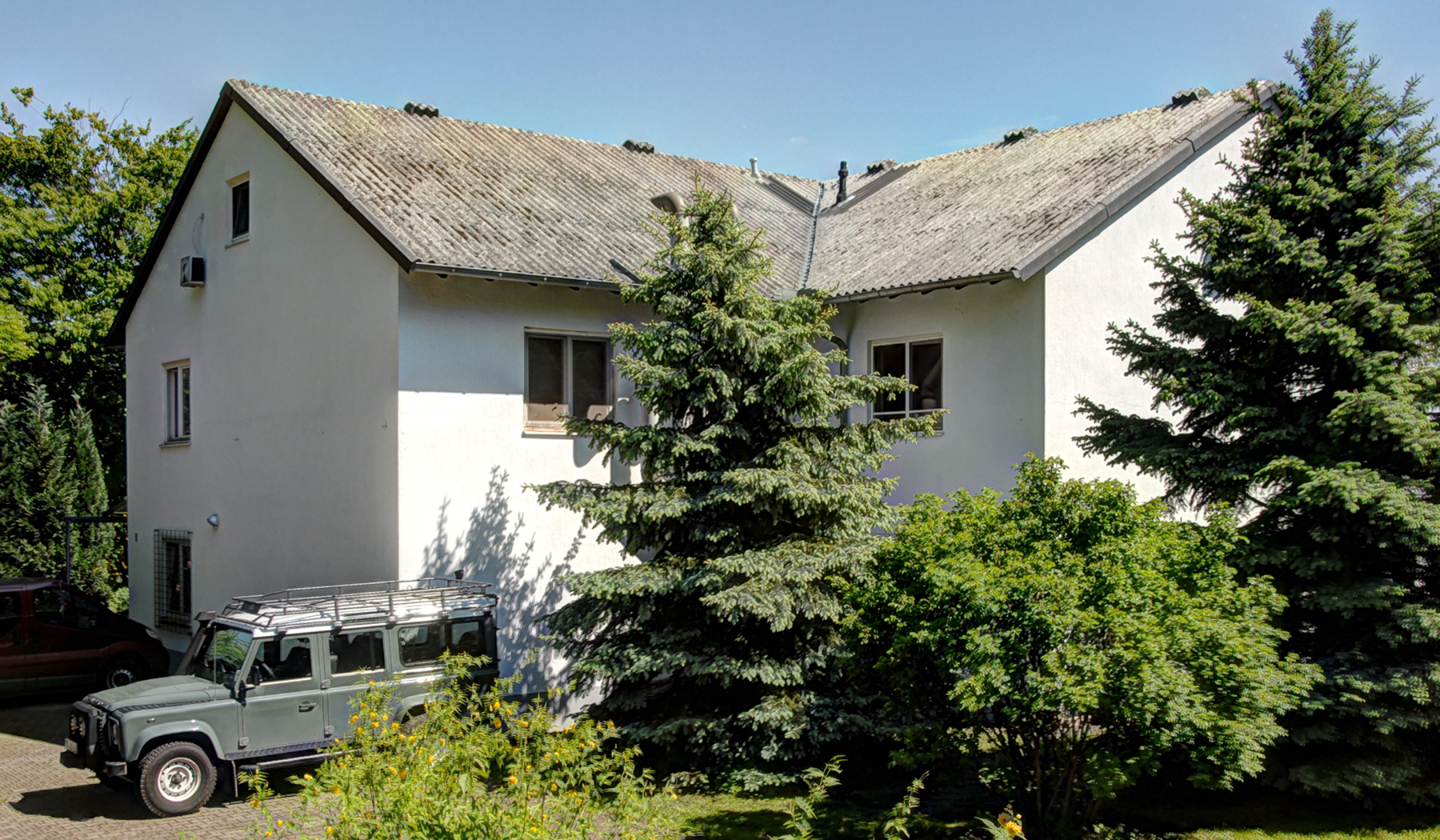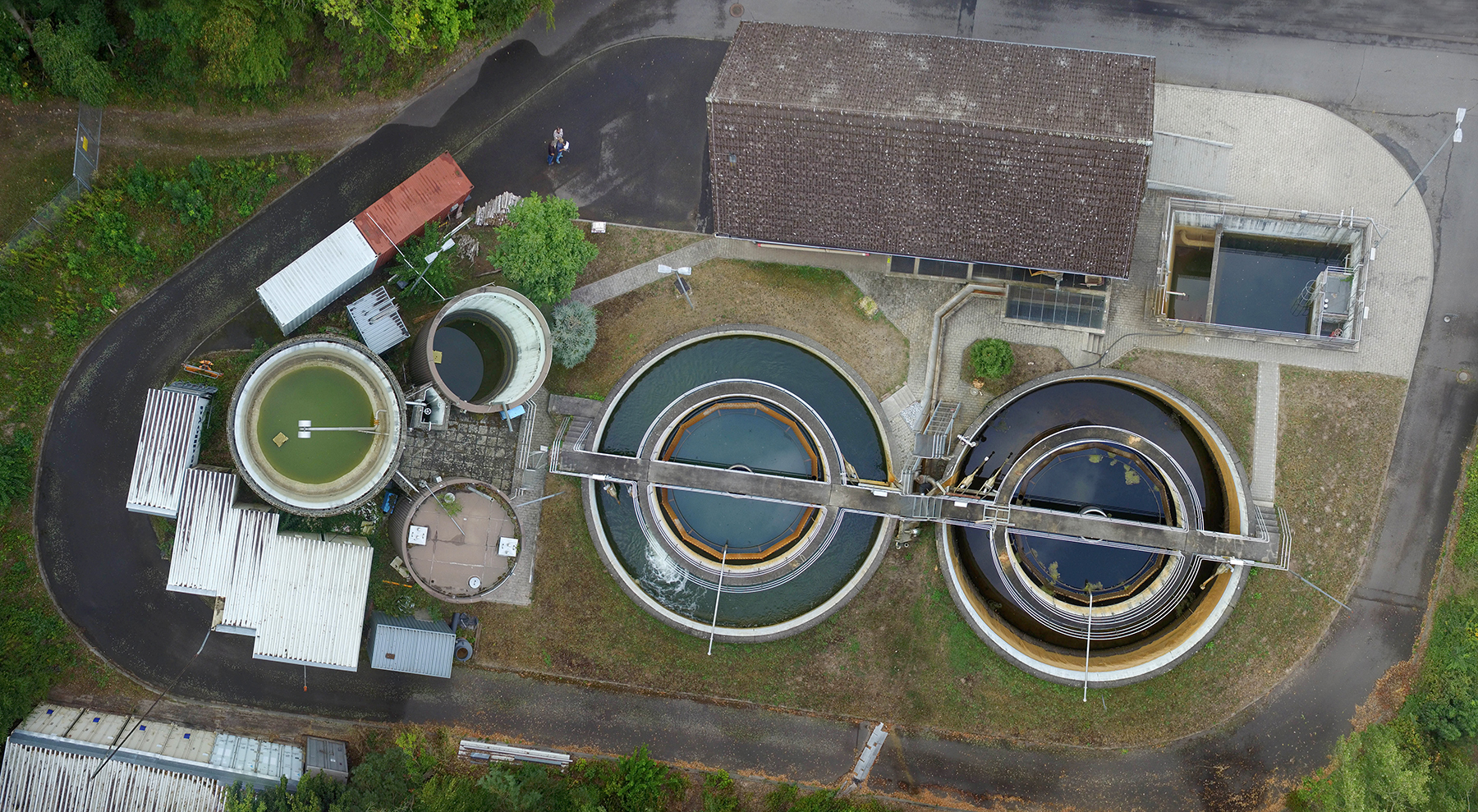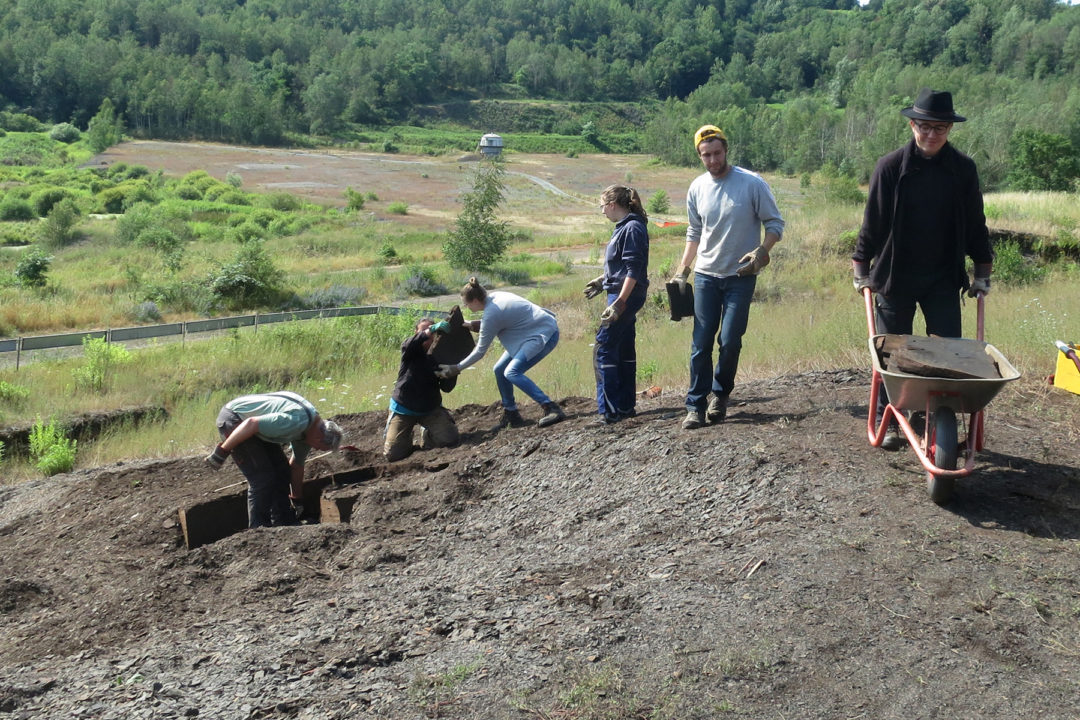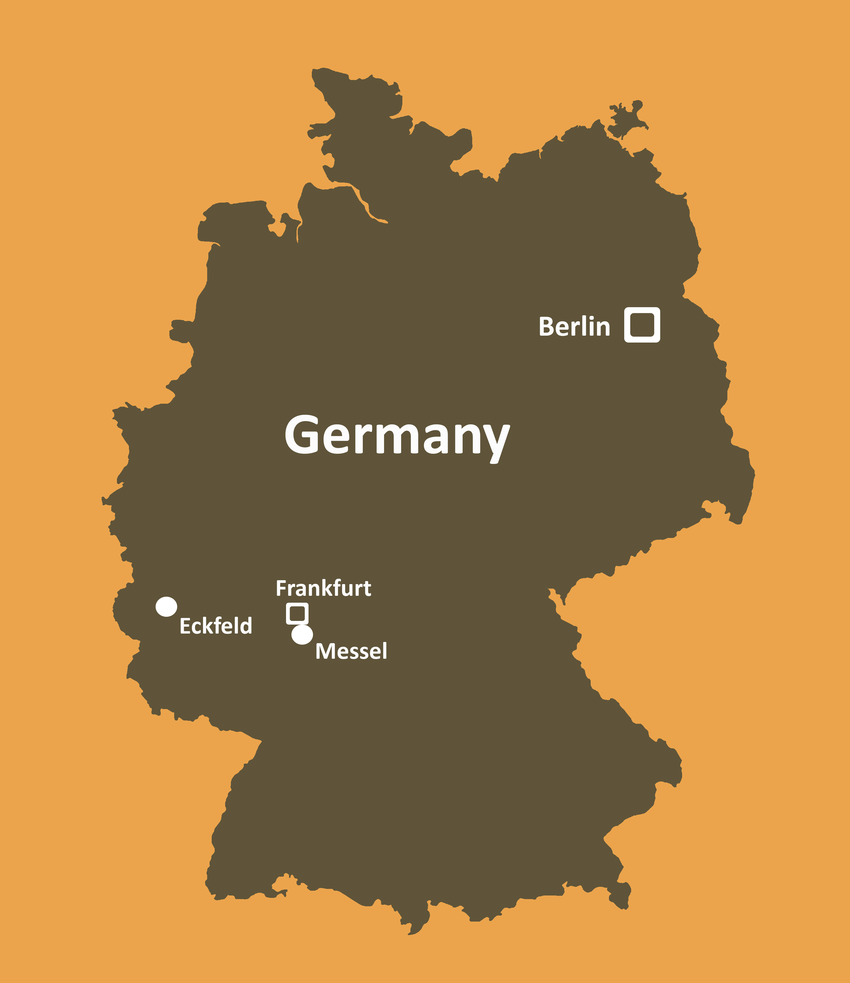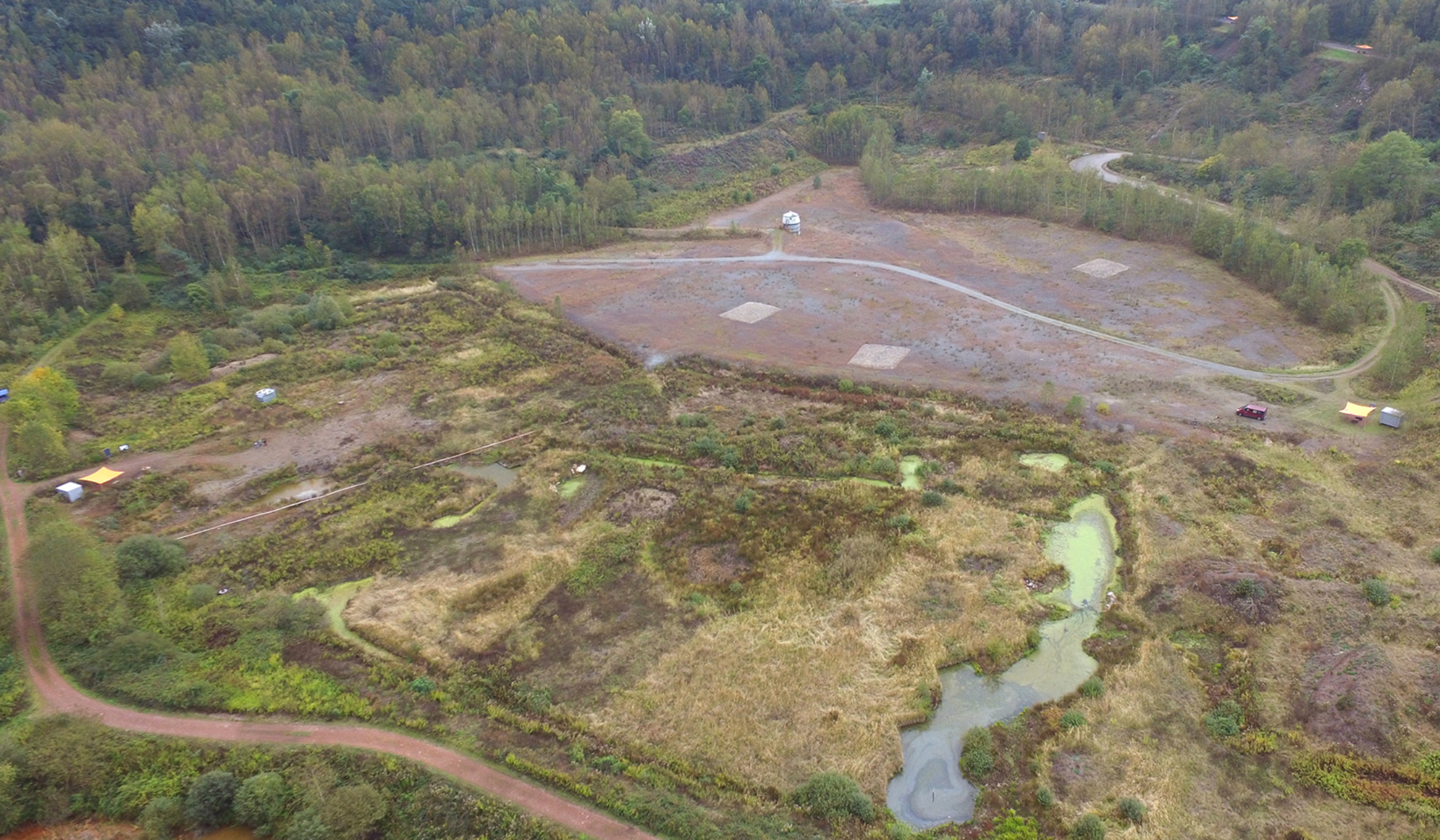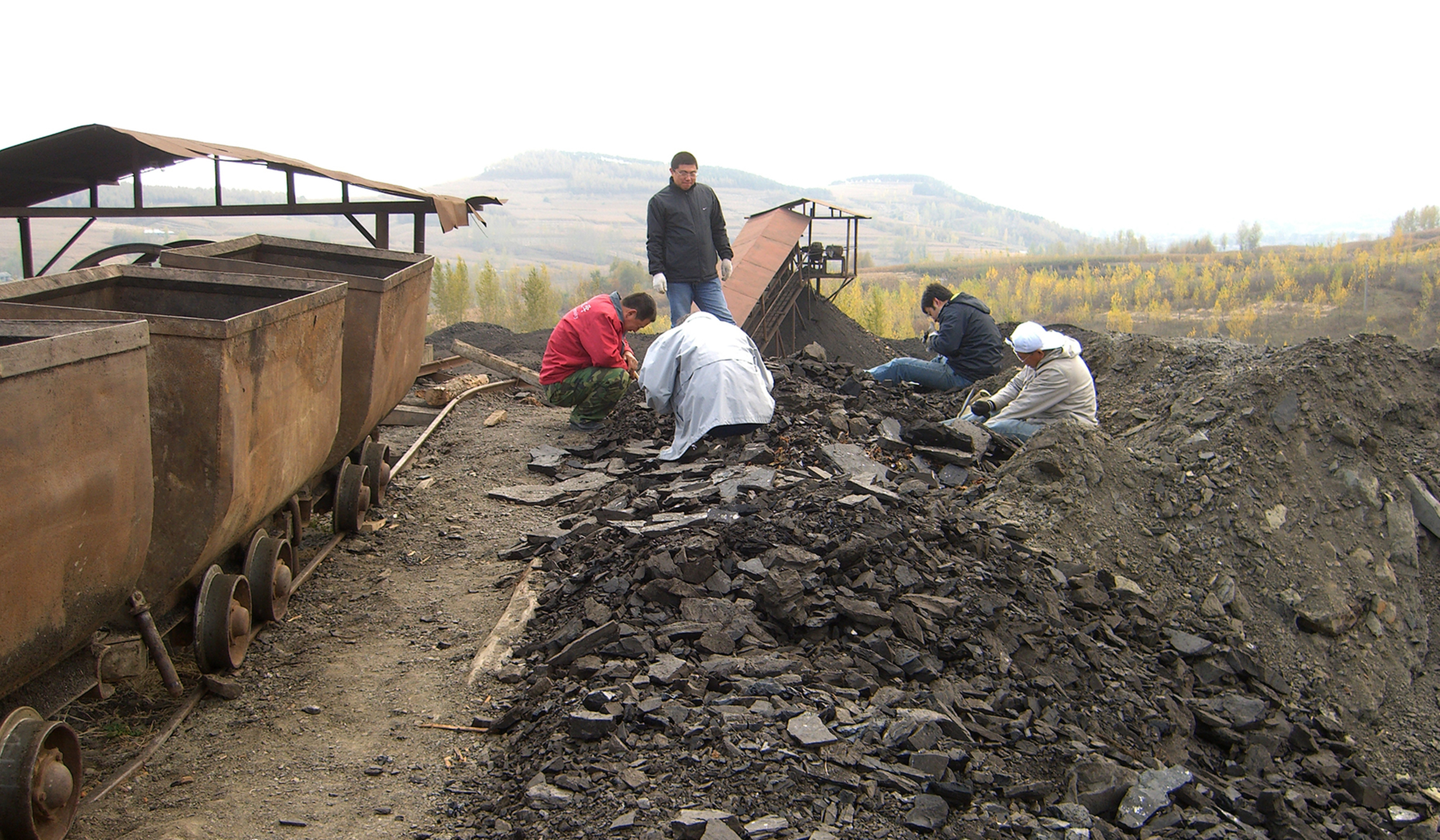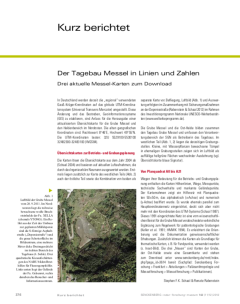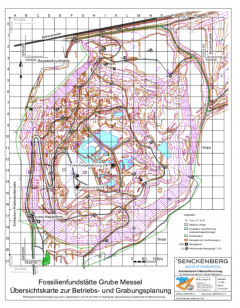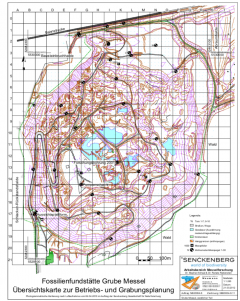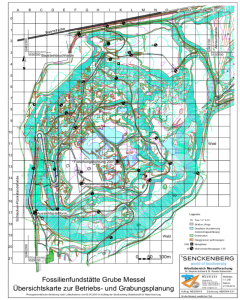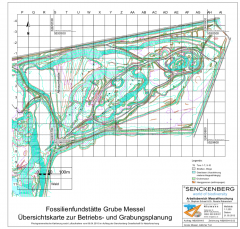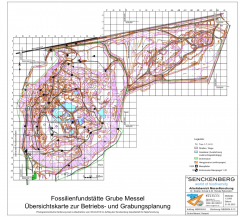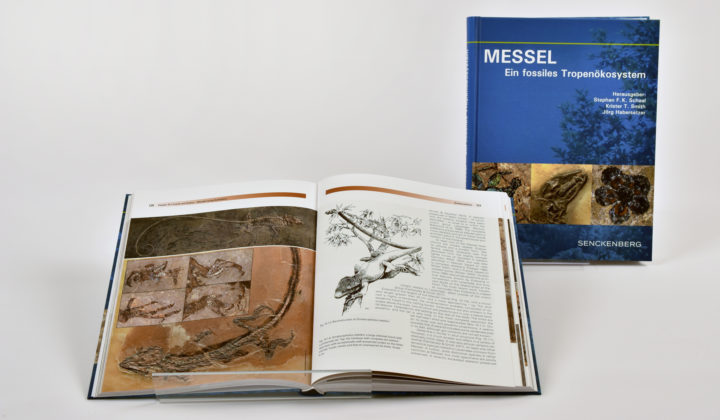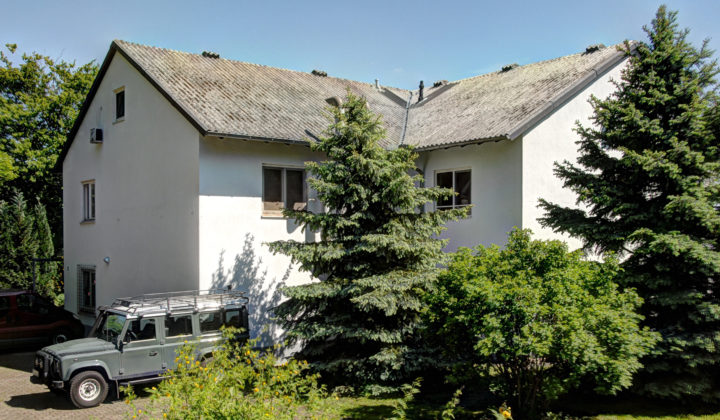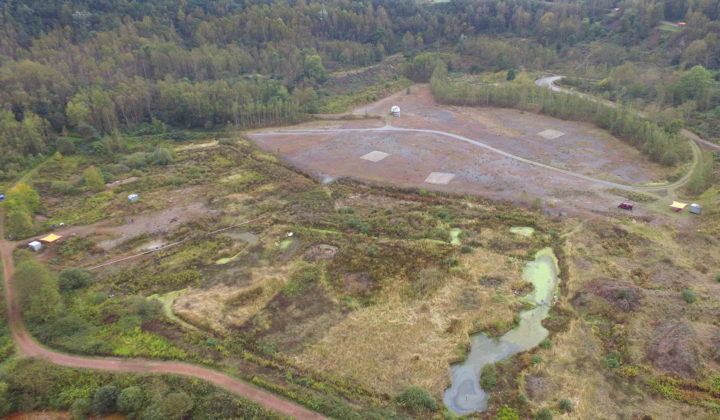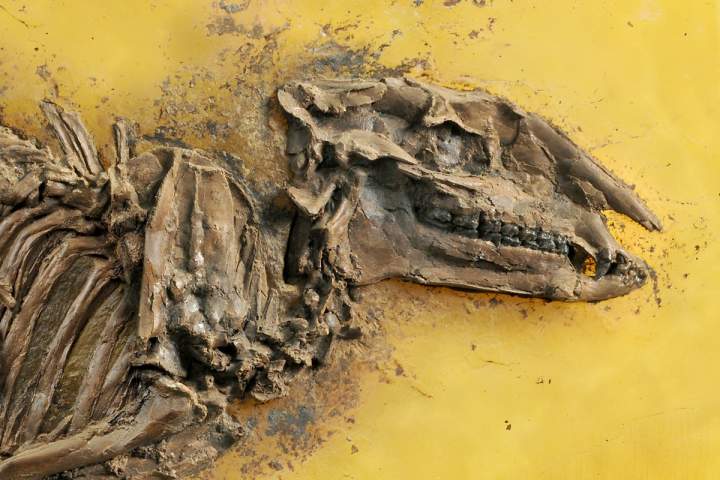UNESCO-World Heritage Messel Pit
In 1995, the Messel Pit fossil site near Darmstadt in Hesse was the first world heritage site in Germany to be included in the UNESCO World Heritage List. With the purchase of the pit in June 1991, the state of Hesse decided to enlist the Senckenberg Society for Nature Research as a particularly experienced partner in the Messel area to operate the pit.
One year later, on June 24, 1992, the Hessen state government and SGN signed a contract concerning the preservation of the Messel Pit as a unique fossil site. Starting on July 1, 1992, SGN became the operator of the Messel Pit under regulations specified by federal mining law. The state and the federal government financially support the operation through the Senckenberg Research Institute.
Starting in 1983, this house, rented from YTONG AG, served as the Senckenberg outpost at the Messel Pit. In 1992, SGN bought the house and through the years converted it into a research station. The station now comprises preparation facilities, including a wet laboratory, an X-ray laboratory, office space for the technicians and scientists, a presentation and meeting room, a caretaker’s apartment, and a lounge and bedrooms for interns. The research station is the workplace for the preparation and excavation staff as well as the home of the Section Paleoentomology.
Excavation and Preparation
Excavation must be planned and excavation permits applied for at the beginning of each year. The digging season of the various institutes begins in May and ends in October or November. In these paleontological excavations, oil-shale blocks are measured with the help of a high-tech GPS-Systems, separated and carefully scanned for fossils.
Since the water-containing oil-shale would fall apart if allowed to dry out in the air, fossil vertebrate specimens need to be embedded in a different substrate, and thus transferred. A specimen is first prepared on one side, which is then covered with artificial resin. After this artificial substrate hardens, the other side of the specimen is prepared. This preparation technique is known as the artificial resin transfer method.
What is so quickly explained in theory requires in practice days or even weeks, depending on the size and state of preservation of the fossil. The preparators use fine metal needles to prepare the fossils. Each movement is monitored through a stereomicroscope so that even the most delicate bone structures can be prepared without being damaged.
Insect fossils are only prepared from one side, and then the small oilshale plate with the fossil is kept in a small box in glycerine or silikonoil.
Messel pit maps for download
Messel Pit Fossil Site
General maps for operational and excavation planning (Schaal & Rabenstein 2012)
Download
Gauß-Krüger-Coordination system (2,3MB)
Messel pit map 300 dpi west (2,3 MB) recommended
Western part
Messel pit map west 300 dpi
(2,3 MB) recommended
Download
Eastern part
Messel pit map east 600 dpi
(2,1 MB)
Download
Messel pit map east 300 dpi
(1,0 MB)
Download
Messel pit map east 150 dpi
(0,7 MB)
Download
Total area
Messel pit map (total area) 600 dpi
(5,2 MB)
Download
Messel pit map (total area) 300 dpi
(2,3 MB)
Download
Messel pit map (total area) 150 dpi
(1,5 MB)
Download
